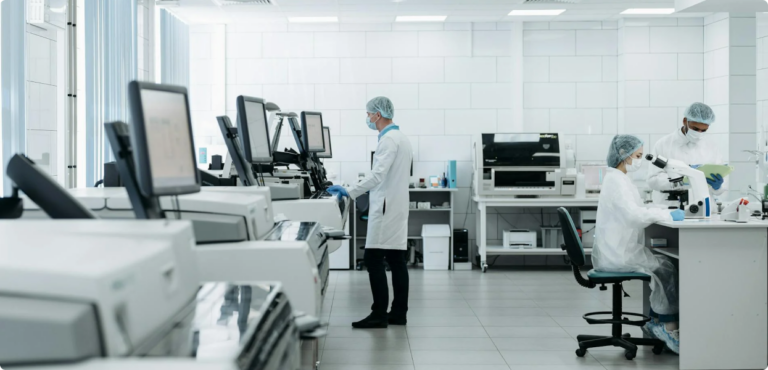Akridata recently hosted a webinar highlighting the challenges data scientists working with visual data often face and how Data Explorer solves these challenges
But, not all visual data is created equal. Data quality varies greatly when it comes to visual datasets, and common issues like data noise, misleading color contrast and imaging, and occlusion that obscure important information in an image can all contribute to misleading datasets that lead to inaccurate model interpretation.
Even worse? Visual data sets are often gigantic and difficult to prepare and search though in an attempt to select high quality data sets for labeling that are required to train deep learning models. For data vision experts, this can be a daunting task.
Truly, computer vision is only as good as the data quality of the training data sets, and all too often, these training sets quality is subpar.
Selecting High Quality Data Sets for Labeling and Training
Using high quality data sets to train deep learning models is critical. Data selection is the key aspect of this process, as it involves identifying the most representative images that align with the unique characteristics suitable for model application.
The visual data preparation process can be broadly divided into four stages.
- The data selection process requires the data scientist to explore the whole data set, and identify the best frames to train the model on. In many cases, it requires the identification of key features within the frames to get it right. You also have to ensure there is class balance, no biases and that under represented classes make it into the final data set to be used.
- Once we have our dataset established, it is sent off to be labeled, which can take a lot of time and money.
- Once labeled, the data set is partitioned into training and testing sets.
- Throughout the training process, there is a continuous evaluation and analysis of model performance that identifies areas of strength and weakness in the model and the data selection, labeling and training process is repeated until the model reaches production quality.
As you can see, getting the data selection process right and the ability to quickly analyze model strengths and weaknesses are the two most critical steps in getting your deep learning models to production quality. Unfortunately, most projects either fail, or get significantly delayed because data science teams lack the tools to efficiently select high quality data sets for training and get bogged down with manual model troubleshooting processes.
Ensuring Quality Data for Computer Vision
While data selection is key to creating quality data for deep learning computer vision algorithms, it can also be an expensive, time-consuming process. When the data selection process leads to poor data quality, large amounts of time and money can be wasted.
Once you have collected a diverse dataset, it is time to train and test your deep learning model. You begin by pulling from a variety of sources and work to select the best set of data frames for the model. You have to avoid over/under sampling, avoid creating class imbalances and ensure there are no biases in the dataset built for model training.
It’s also important to check new datasets versus the datasets you used for training and testing to compare and contrast patterns, trends, or unusual or surprising examples in the data that could create skews or misleading interpretations by the model.
Finally, it’s critical to continuously monitor the performance of your models and clearly understand areas of strength and weakness to identify if and where additional model training may be required.
Get Started with Akridata Data Explorer
To learn more about the solutions data vision experts can use to solve common challenges, check out the full webinar at:
https://akridata.hubspotpagebuilder.com/webinar-data-centric-cv-models
Book a free demo with Akridata Data Explorer here: https://akridata.ai/contact-us/




No Responses